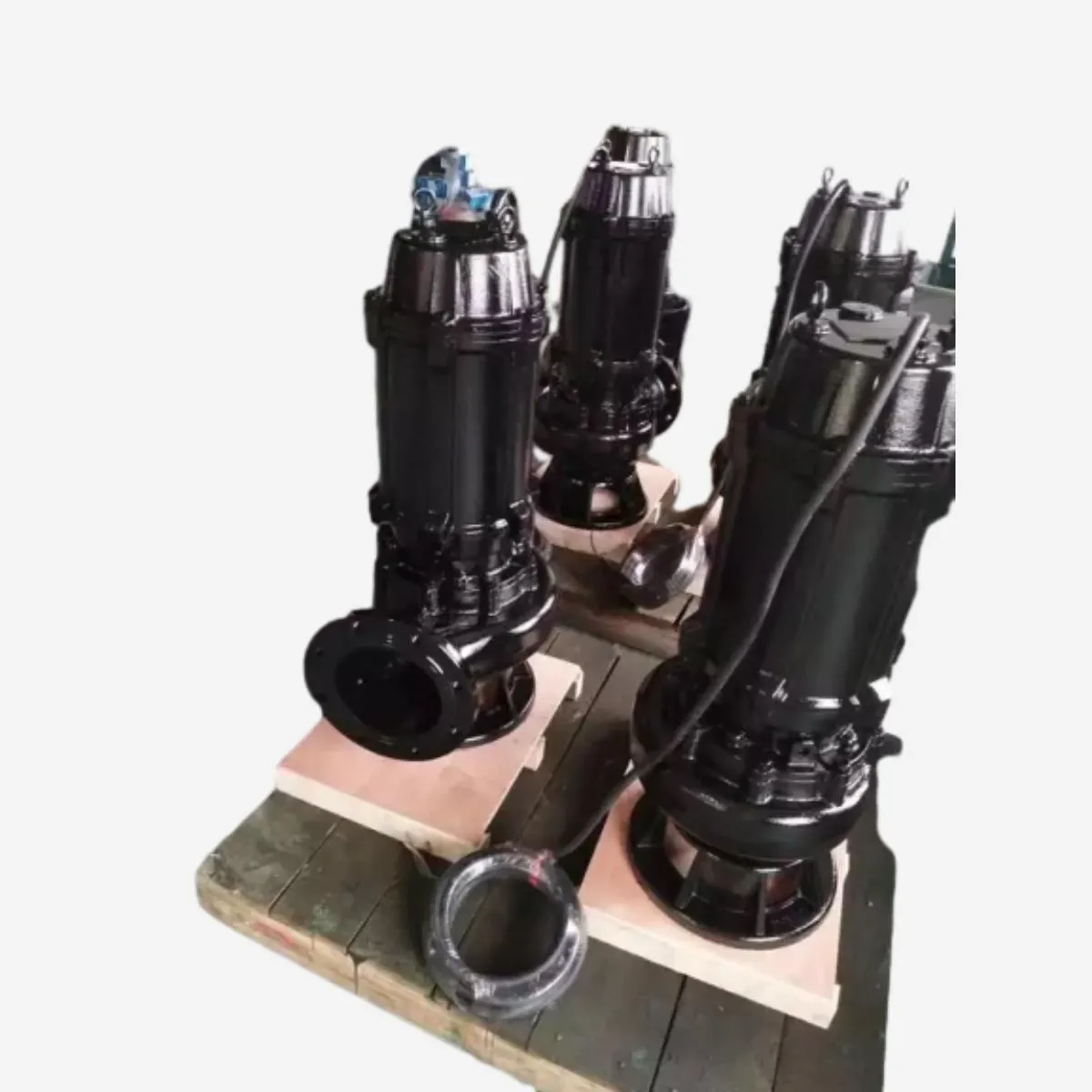Japanese
- Afrikaans
- Albanian
- Amharic
- Arabic
- Armenian
- Azerbaijani
- Basque
- Belarusian
- Bengali
- Bosnian
- Bulgarian
- Catalan
- Cebuano
- Corsican
- Croatian
- Czech
- Danish
- Dutch
- English
- Esperanto
- Estonian
- Finnish
- French
- Frisian
- Galician
- Georgian
- German
- Greek
- Gujarati
- Haitian Creole
- hausa
- hawaiian
- Hebrew
- Hindi
- Miao
- Hungarian
- Icelandic
- igbo
- Indonesian
- irish
- Italian
- Japanese
- Javanese
- Kannada
- kazakh
- Khmer
- Rwandese
- Korean
- Kurdish
- Kyrgyz
- Lao
- Latin
- Latvian
- Lithuanian
- Luxembourgish
- Macedonian
- Malgashi
- Malay
- Malayalam
- Maltese
- Maori
- Marathi
- Mongolian
- Myanmar
- Nepali
- Norwegian
- Norwegian
- Occitan
- Pashto
- Persian
- Polish
- Portuguese
- Punjabi
- Romanian
- Russian
- Samoan
- Scottish Gaelic
- Serbian
- Sesotho
- Shona
- Sindhi
- Sinhala
- Slovak
- Slovenian
- Somali
- Spanish
- Sundanese
- Swahili
- Swedish
- Tagalog
- Tajik
- Tamil
- Tatar
- Telugu
- Thai
- Turkish
- Turkmen
- Ukrainian
- Urdu
- Uighur
- Uzbek
- Vietnamese
- Welsh
- Bantu
- Yiddish
- Yoruba
- Zulu
Telephone: +86 13120555503
Email: frank@cypump.com
10月 . 17, 2024 09:44 Back to list
Pricing Trends for Vertical Centrifugal Pipeline Pumps in the Market Today
Understanding Vertical Centrifugal Pipeline Pumps An Insight into Pricing
Vertical centrifugal pipeline pumps are essential components in various industrial applications, from water treatment to chemical processing. These pumps are designed to move fluids efficiently and are characterized by their vertical configuration, which saves space and improves performance in specific setups. As industries evolve and the demand for efficient fluid transport grows, understanding the pricing factors associated with these pumps is becoming increasingly crucial for businesses.
What are Vertical Centrifugal Pipeline Pumps?
Vertical centrifugal pipeline pumps utilize centrifugal force to move fluids through pipes. They consist of impellers mounted on a vertical shaft, which allows the pump to lift fluid efficiently from a lower reservoir and direct it to the piping system. The vertical design helps in reducing the overall footprint—making it ideal for applications where space is at a premium. Industries such as oil and gas, water supply, wastewater treatment, and HVAC systems heavily rely on these pumps due to their adaptability and efficiency.
Factors Influencing Pricing
The cost of vertical centrifugal pipeline pumps can significantly vary based on several factors
1. Material Composition The material used in manufacturing the pump plays a significant role in its price. Pumps made of stainless steel, for example, tend to be more expensive than those made of carbon steel or plastic because of their durability and resistance to corrosion. Special coatings or lining for pumps that handle abrasive or aggressive fluids can also increase the cost.
2. Pump Capacity and Size The size and capacity of the pump directly influence its price. Larger pumps designed for handling greater volumes of fluid or those capable of higher pressure settings will typically cost more. Businesses need to evaluate their specific needs to select a pump that balances cost and performance.
vertical centrifugal pipeline pumps price

3. Design Complexity More intricate designs, including multi-stage pumps or those with enhanced features such as variable speed drives, will generally be higher in price due to the additional engineering and technology involved. Customized solutions tailored to unique industry requirements can also raise the overall cost.
4. Brand Reputation Established brands that have built a reputation for quality and reliability often charge premium prices for their products. While cheaper options are available, investing in reputable brands may lead to reduced maintenance costs and longer service life, ultimately benefiting businesses in the long run.
5. Market Trends and Availability The supply chain dynamics and market trends can greatly affect the prices of industrial pumps. Fluctuations in raw material costs, global events affecting manufacturing, and changes in regulatory standards can all lead to price variability. Companies must stay informed about industry trends to make informed purchasing decisions.
Average Pricing Range
On average, the price of vertical centrifugal pipeline pumps can range anywhere from a few thousand to tens of thousands of dollars. Basic models may start around $2,000 to $10,000, while larger or more complex pumps can exceed $20,000. It’s important for buyers to define their specific needs and compare options from different manufacturers to find a pump that meets their requirements within their budget.
Conclusion
When considering the purchase of vertical centrifugal pipeline pumps, it is essential for businesses to evaluate various factors that can affect pricing. Understanding the importance of material, size, design, brand, and market influences can aid companies in making informed decisions. Investing in the right pump not only ensures efficient fluid handling but can also lead to long-term savings on maintenance and operational costs. Engaging with suppliers and obtaining quotes based on specific needs is crucial for securing the best price and ensuring that the pump provides optimal performance throughout its lifecycle. With the right approach, businesses can navigate the complexities of pump pricing and enhance their operations effectively.
-
Horizontal Split Case Pump with GPT-4 Turbo | High Efficiency
NewsAug.01,2025
-
ISG Series Pipeline Pump - Chi Yuan Pumps | High Efficiency, Durable Design
NewsAug.01,2025
-
Advanced Flue Gas Desulfurization Pump with GPT-4 Turbo | Durable & Efficient
NewsJul.31,2025
-
ISG Series Vertical Pipeline Pump - Chi Yuan Pumps | Advanced Hydraulic Design&Durable Construction
NewsJul.31,2025
-
ISG Series Vertical Pipeline Pump - Chi Yuan Pumps | Energy Efficient & Low Noise
NewsJul.31,2025
-
pipeline pump - Chi Yuan Pumps Co., LTD.|High Efficiency&Low Noise
NewsJul.31,2025










